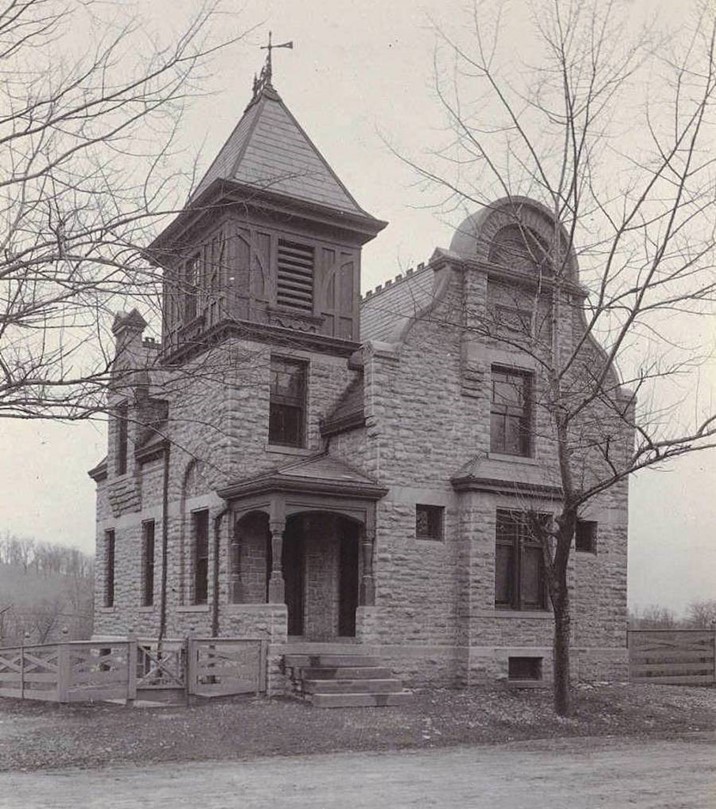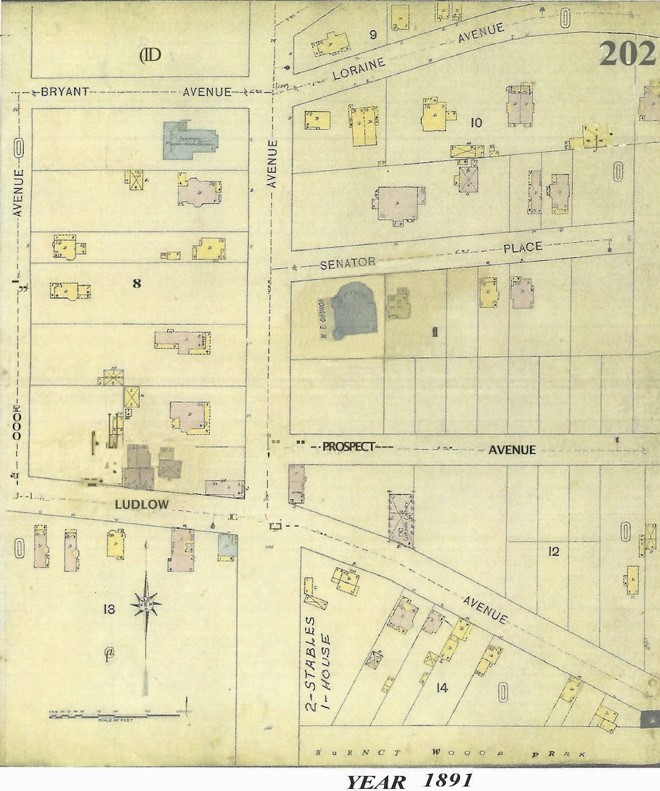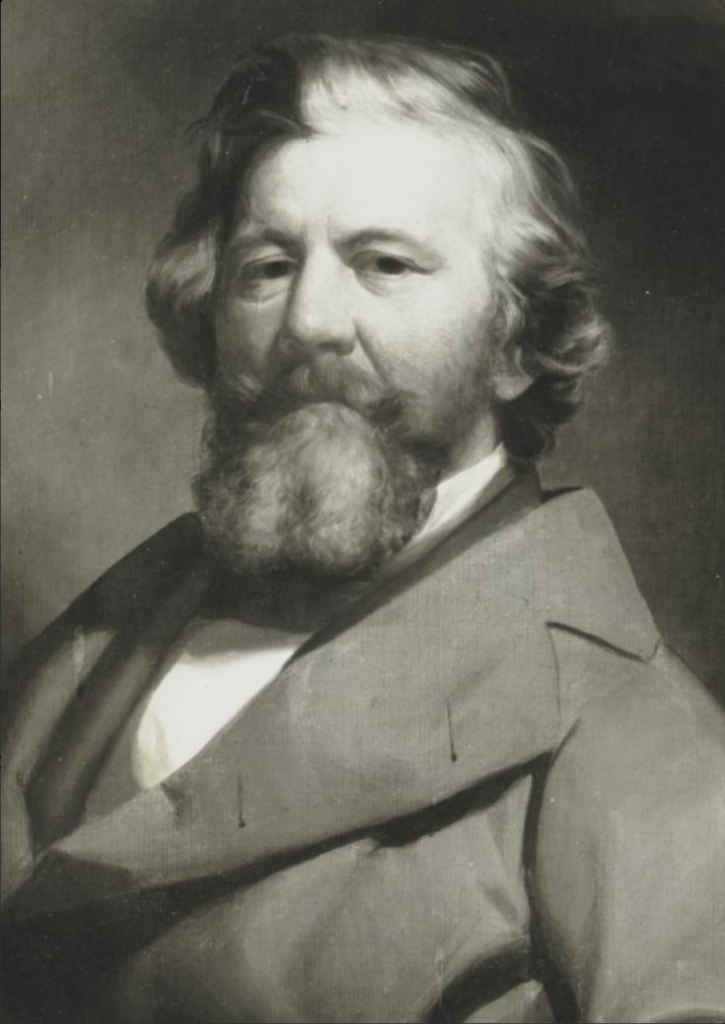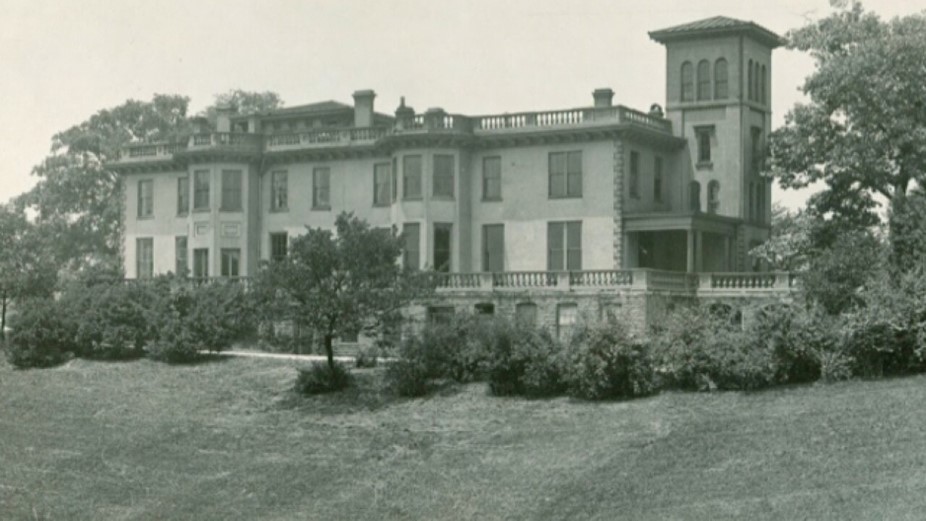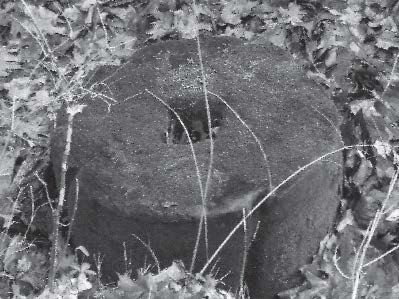By Steve Schuckman
This article was first published in the Summer 2022 Clifton Chronicle.
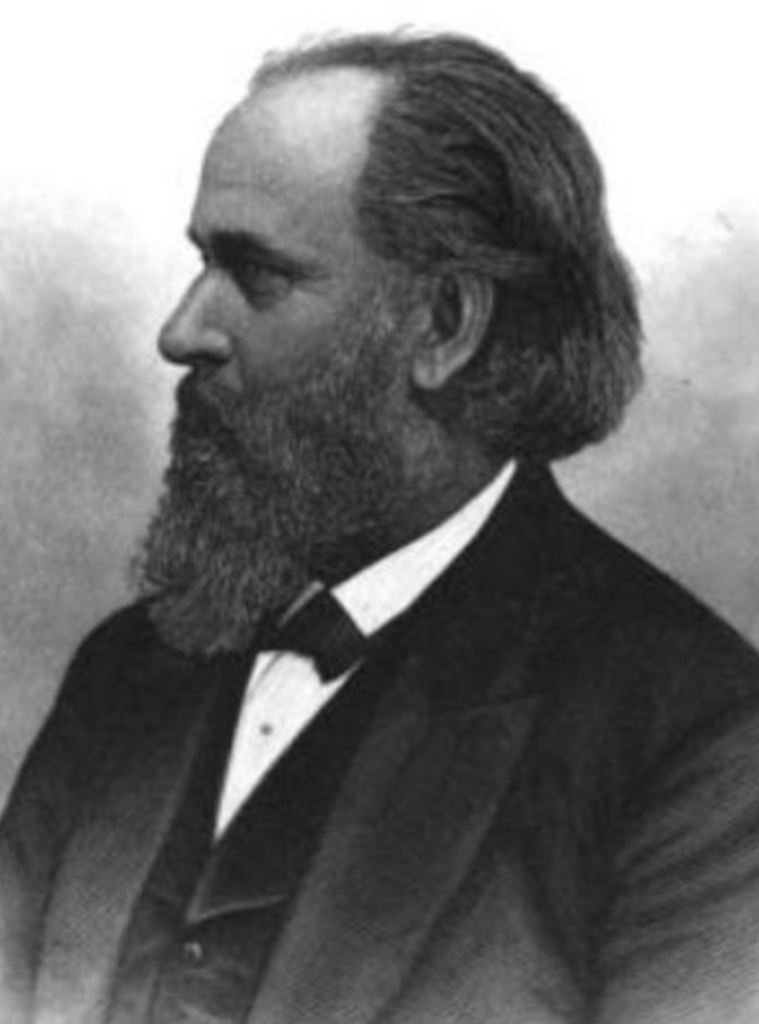
A chance meeting in London in 1851 began a relationship that shaped the way we experience parks and gardens in Cincinnati. Robert Bonner Bowler (owner of a Clifton estate that became Mt. Storm Park) was visiting the World Exposition at London’s Crystal Palace when he met Adolph Strauch, a Prussian gardener. During their garden tour conversation, Bowler invited Strauch to visit him in Cincinnati – if he was ever in America. Not long after, Strauch indeed did visit America. While waiting to change trains in Cincinnati for a cross-country trip, he recalled Bowler’s offer. He visited Bowler, who in turn invited him to stay to design the landscape of his estate. The master gardener decided that Cincinnati would be his new home, and the rest – as they say – is history.
Strauch (1822-1883) had studied in Vienna and worked at the Schonbrunn Palace gardens. The form and beauty he introduced at Bowler’s estate was noticed, and many wealthy Cincinnati residents contracted Strauch to redesign their own properties. It seemed everyone wanted a Strauch design, which eliminated fences and created flowing landscapes of lawns with stands of trees that framed views. He designed the grounds of Henry Probasco’s estate at Oakwood and George Schoenberger’s estate at Scarlet Oaks, among others. Though these landscapes are long gone, Probasco’s house remains on West Cliff Drive, and Schoenberger’s remains at Scarlet Oaks.
Just three years after settling in Cincinnati in 1851, Strauch was hired to redesign and redefine the landscape in Spring Grove Cemetery, where he later became superintendent in 1859. His hand can be seen in the winding roads, lakes, the groupings of plantings, and his open lawn design, which became a model for other “garden” cemeteries that followed. He eliminated fencing and railings between plots to create a free-flowing design of space that he called a “landscape lawn plan,” introducing plants from around the world. He also designed other important cemeteries, including Forest Lawn in Buffalo and Oak Woods in Chicago. While still working at Spring Grove, Strauch became superintendent of parks (1871-1875) and designed Eden Park and Burnet Woods.
Due in large part to Strauch’s work, Clifton became known as a garden spot of America, and our hilltop community took on the look of a single large park. An 1875 publication described Clifton as “…hill, dale, lawn, ravine, field and forest, interspersed with bright evergreens and shrubbery, blossom with shady nooks and sunny glades in which nestle the roomy, cool verandas and graveled walks of the fine homes of Clifton.” Strauch talked of his own designs as expressing “cheerfulness, luxuriance of growth, shade, solitude and repose amid scenery designed to imitate rural nature.” Other than the “Temple of Love” – an elegant domed landmark that covers the cistern over a reservoir that watered the gardens and greenhouses of the Bowler estate – little remains of Strauch’s landscape design there today. A recent effort to rejuvenate the park’s landscaping is inspired by the precepts of Strauch’s work.

